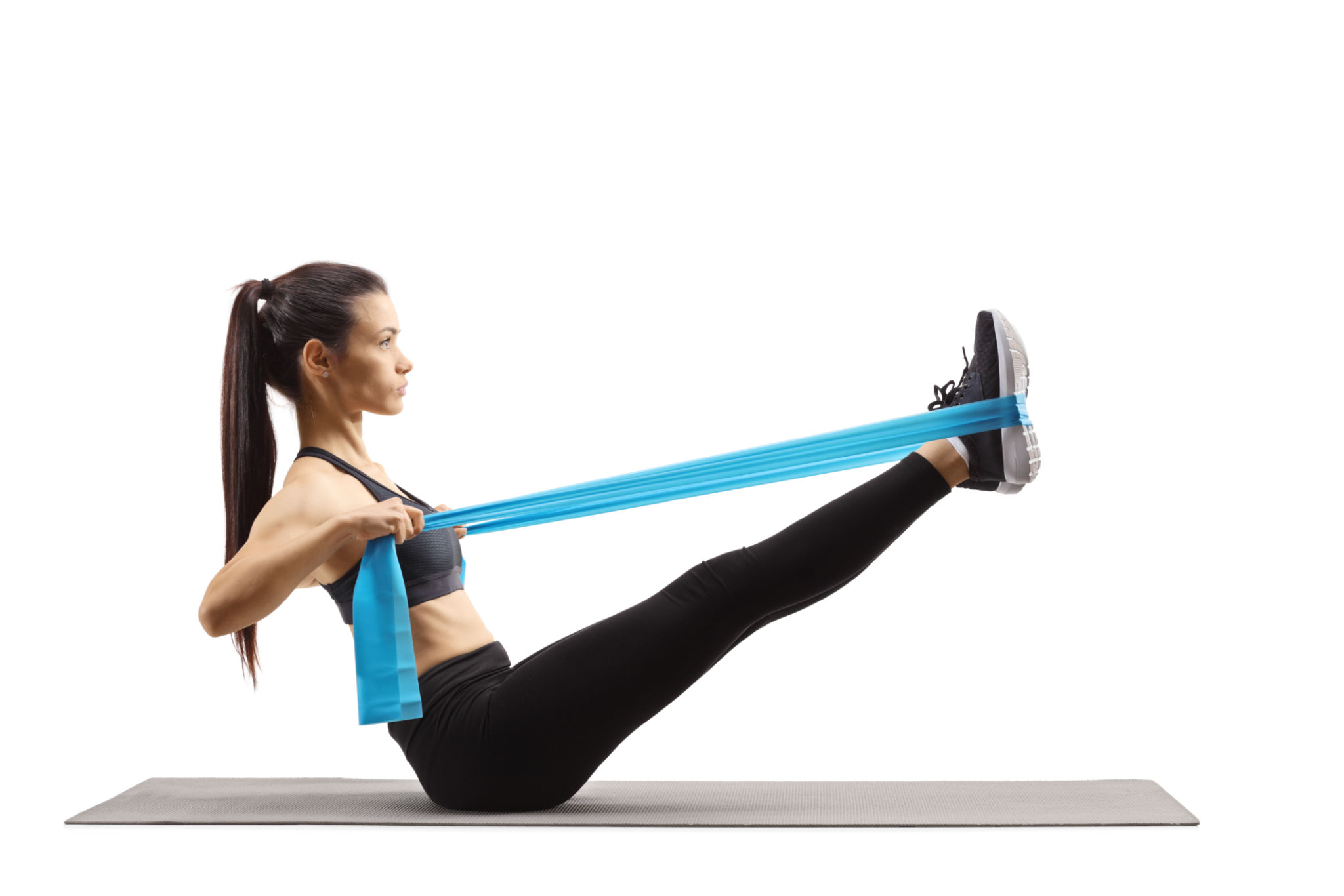How to Improve Athletic Performance with Stretching: A Comprehensive Guide for Athletes
The Importance of Stretching for Athletes
Stretching is often overlooked in athletic training, yet it plays a critical role in enhancing athletic performance. For athletes aiming to improve their flexibility, reduce injury risk, and enhance overall performance, incorporating a regular stretching routine can be highly beneficial. Stretching helps in maintaining muscle health and improves the range of motion, which is essential for any physical activity.
Dynamic stretching before a workout prepares the muscles for the intense activities to follow. It increases blood flow, warms up the body, and primes the muscles for optimal performance. On the other hand, static stretching after a workout aids in muscle recovery, helping to relax the muscles and prevent stiffness.

Types of Stretching Techniques
There are several types of stretching techniques that athletes can incorporate into their routines. Understanding these techniques can help in targeting specific muscle groups and achieving desired outcomes:
- Dynamic Stretching: Involves active movements that stretch the muscles without holding the position. Ideal for pre-workout warm-ups.
- Static Stretching: Involves holding a stretch for an extended period, typically post-exercise, to aid in recovery.
- PNF Stretching: Proprioceptive Neuromuscular Facilitation is a more advanced form that involves both stretching and contracting the targeted muscle group.
Each technique has its own benefits and can be used in different phases of an athlete’s training regimen.
Benefits of Stretching for Athletic Performance
The benefits of stretching extend beyond just flexibility. Incorporating regular stretching into your routine can lead to several other advantages:
- Enhanced Flexibility: Improves the range of motion in joints, which is crucial for peak performance.
- Injury Prevention: Regular stretching helps reduce muscle stiffness and tension, lowering the risk of injuries.
- Improved Blood Circulation: Helps deliver more oxygen to muscles, improving their function and recovery.

Creating an Effective Stretching Routine
To create an effective stretching routine, it’s important to focus on consistency and proper technique. Here are some tips:
- Warm-Up First: Always start with a light aerobic activity to get the blood flowing before engaging in stretching.
- Focus on Major Muscle Groups: Concentrate on areas like hamstrings, quadriceps, calves, shoulders, and back.
- Listen to Your Body: Avoid overstretching or holding stretches if they cause pain.
A well-structured routine will ensure you reap the maximum benefits of stretching.
Common Stretching Mistakes to Avoid
While stretching is beneficial, it’s crucial to avoid common mistakes that could lead to injuries. Some mistakes include bouncing during stretches, neglecting certain muscle groups, or not holding stretches long enough. Aim to hold each stretch for at least 15-30 seconds and avoid any rapid movements that can strain the muscles.

Incorporating Stretching with Other Training
Stretching should be viewed as a complementary component to strength and endurance training. When combined with other forms of exercise, stretching can enhance overall athletic performance. Consider incorporating yoga or Pilates into your routine for additional flexibility and core strength benefits.
Remember that each athlete’s needs are different, so it’s essential to tailor your stretching routine to your specific sport and physical demands.
The Role of Professional Guidance
If you’re new to stretching or unsure about the right techniques, it may be beneficial to seek guidance from a professional. Physical therapists or certified trainers can provide personalized advice based on your athletic goals and current physical condition. They can also help ensure that your technique is correct, minimizing the risk of injury.

In conclusion, incorporating stretching into your athletic training can significantly impact your performance and overall well-being. By understanding the different types of stretching techniques and their benefits, athletes can create a balanced routine that supports their training and enhances their physical capabilities.
